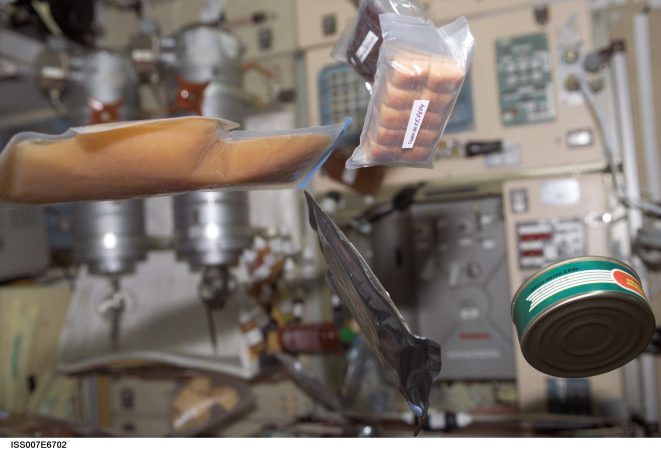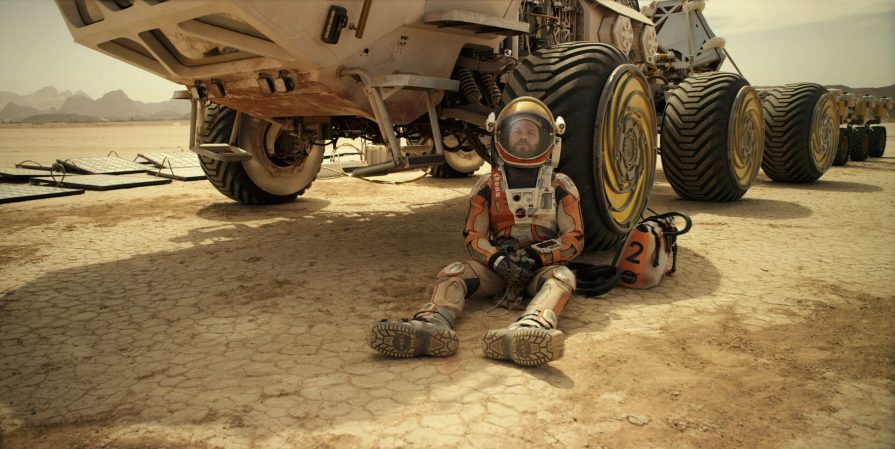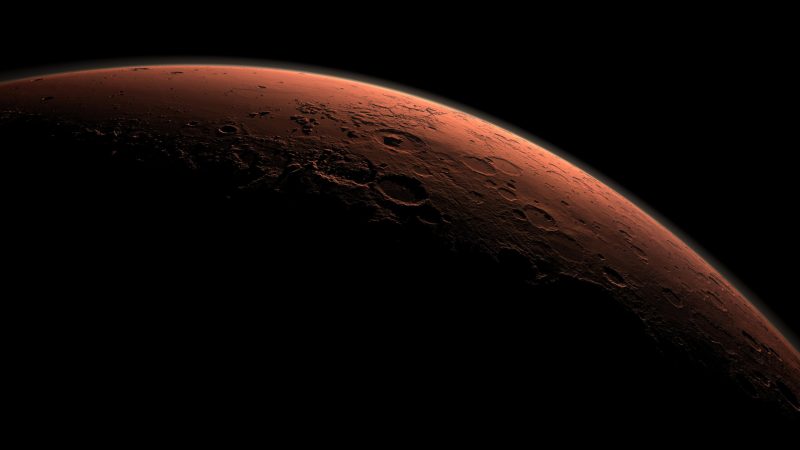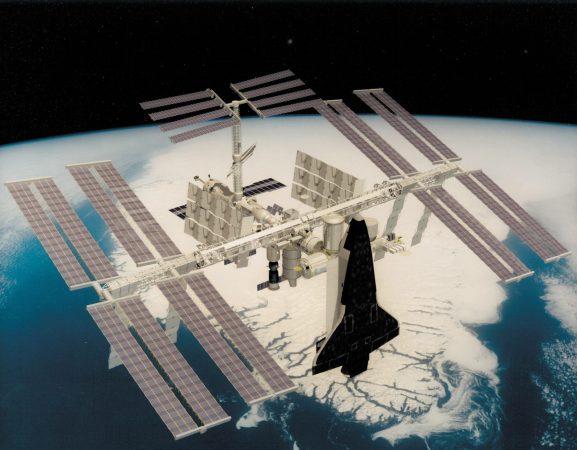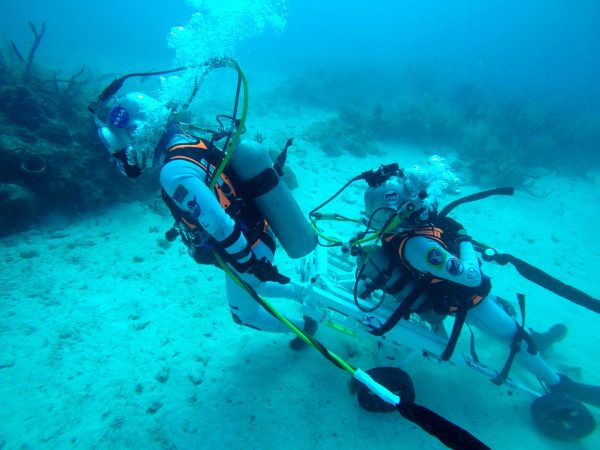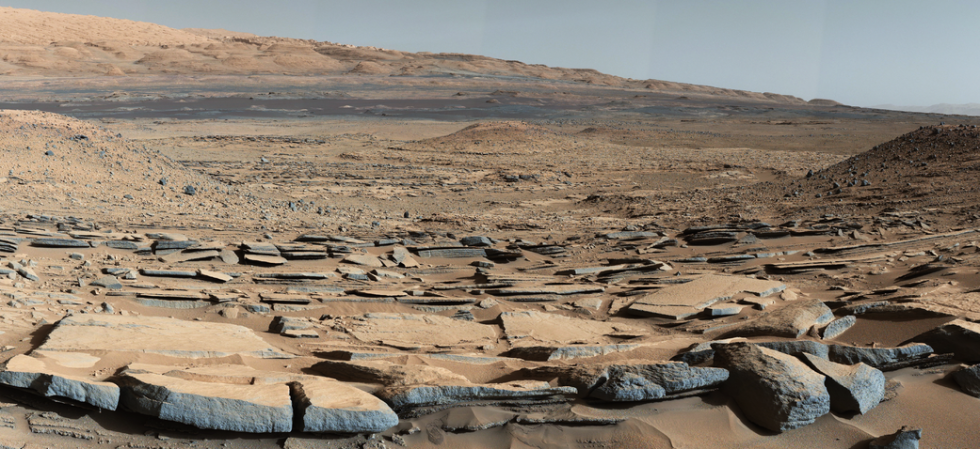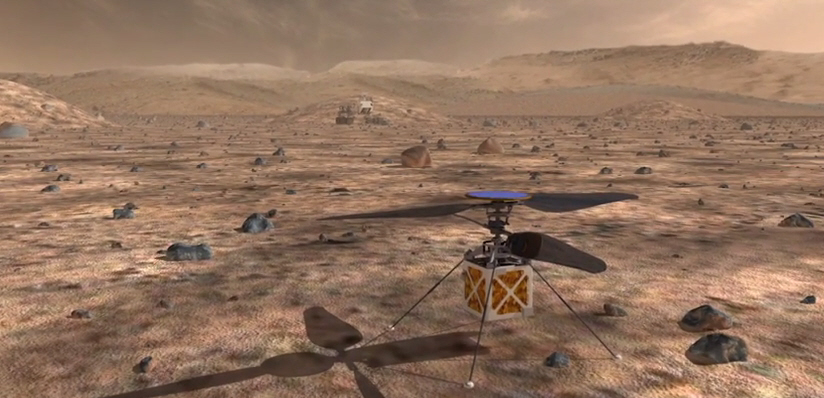


In the 47 years since humans first stepped on the moon, space-helmet technology hasn’t exactly made a giant leap. But the prospect of exploring Mars has NASA’s designers scrambling for their drawing boards. “The requirements are different from anything we’ve done before,” says Dave Lavery, who leads NASA’s Solar System Exploration Program. They include durability (to withstand abrasion in wind storms), flexibility (for yearlong missions), and field of view (for 360-degree visibility).
“The shape [of future helmets] is going to be driven by the ability to see your feet while walking on the rough surface of Mars,” says NASA’s Amy Ross, who designs space suits. Now it’s up to NASA to get us there.


This article was originally published in the May/June 2016 issue of Popular Science.








